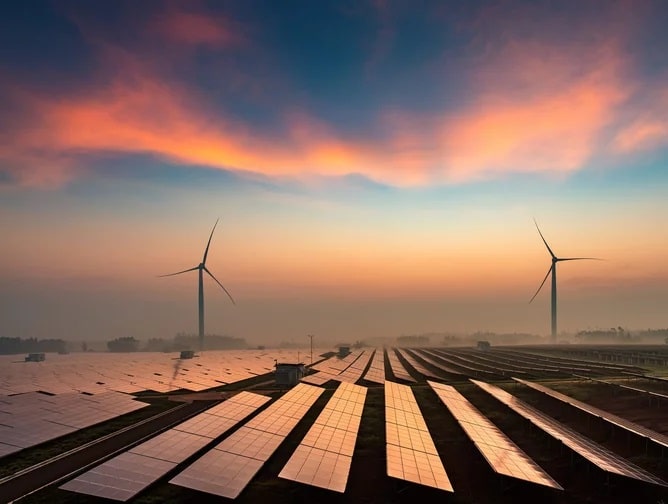Solar-powered schools act as living laboratories for learning
Linking classroom curriculums to onsite generation provides a hands-on introduction to clean energy.

Linking classroom curriculums to onsite generation provides a hands-on introduction to clean energy.
While we may have learned about solar panels in elementary, middle or high school, most of our schools likely didn’t have an array of their own. Or, if there were panels on the roof, they likely weren’t used as a learning opportunity.
That’s changing. As solar deployment is on the rise nationwide, schools are increasingly installing solar not only for the energy savings and climate benefits, but also to function as a sort of “living laboratory” and an educational asset.
“The beautiful thing about solar is that schools don’t have to choose between sustainability and cost-savings,” Meghan Milo, the director of energy solutions, curriculum and instruction at Madison Energy Infrastructure (MEI), told pv magazine USA. MEI works with schools to provide a variety of clean energy solutions and solar-focused professional development and student outreach.
“What schools should be pushing for is building that connection with education and bringing solar into the classroom,” she added. While this can look a few different ways, one of the best techniques is by linking curriculum concepts to the real-life panels.
One of the most telling examples Milo shared stemmed from a fifth-grade STEAM class in Virginia, where MEI led an activity for students to create “solar whirlygigs” powered by a Post-It note-sized solar panel.
“We witnessed this awesome ‘Aha!’ moment when we went outside and this girl stepped from the shade into the sun,” Milo explained, adding that the whirlygig’s motor started spinning and the girl’s face lit up. “We were able to point out the solar panels that were powering her school and then show her that it was the same technology as what was used in her whirlygig, just at a different scale.”
After the workshop, Milo heard from teachers that the exercise “got their creative juices flowing” about how they could pull other topics like friction into the same demonstration and what other kinds of activities could link with the panels.
“What’s most rewarding is when we give the first lesson or the first activity, and we watch a lightbulb go off in the teacher’s head,” she explained, “and that lets the teacher shine.”
That’s even more the case as students age, as it’s much easier to connect solar with education when it helps streamline and enhance the goals teachers already have for their students. Job expos and career talks about pathways in the solar space can start as early as middle school, Milo added, and that can be a great nudge toward renewables for high schoolers preparing for trade jobs.
“There are a lot of connections there, and solar job opportunities are some of the fastest growing in the nation,” she said.
Universities too are using their onsite generation as an entry point to engage with students in hands-on energy education.
On the West Coast, UC San Diego has rolled out programs like the Decarbonization Living Lab and the DERConnect Test Bed that offer students and researchers alike the chance to engage directly with campus energy systems and electricity data.
Georgia Tech also installed a battery energy storage system earlier this year, which will enable the university to integrate BESS modeling and experiments into undergraduate and graduate-level courses.
What's Your Reaction?


















































